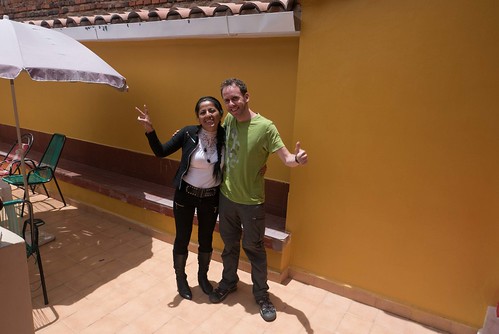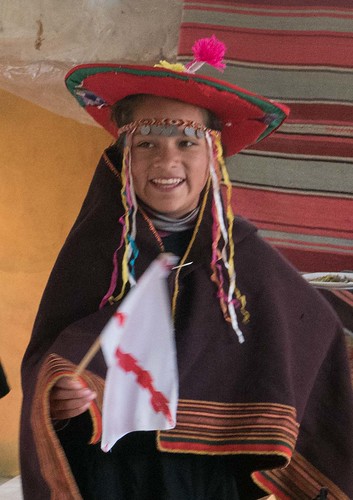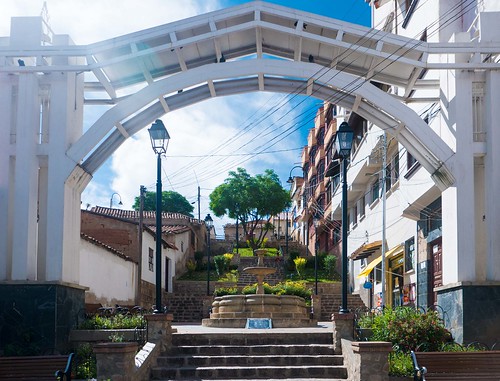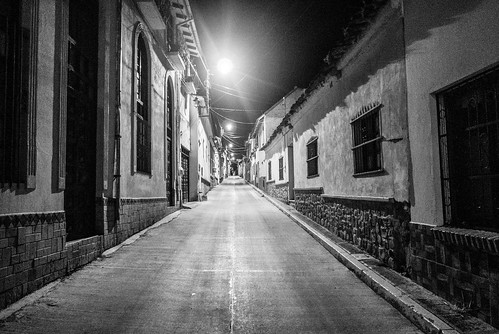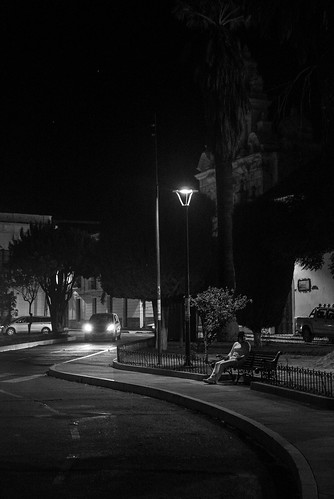After a half hour taxi to the airport (Para Ti chocolates were purchased...well why not?) and a thirty-five minute flight, we got into a taxi at La Paz airport and somehow spent almost an hour crawling through traffic and breathing in fumes whilst the taxi driver played the same song five times, before arriving at the hostel. Parts of the city are at over 4000 meters high, so we decided to take it easy in the afternoon and acclimatise to the thinner air. We were quite surprised by Loki, since it is more like a converted hotel than a hostel. It's set over seven floors, with the bar and social area on the top floor. I'd asked for a room on the lower floor so we'd be away from the music which goes on till 3am, and was given a comfortable double with en suite on floor 2.
I'd done a bit of research and found a street called Eloy Salmon which apparently sold all manner of camera equipment, so we took a walk into the centre to see if we could find Gilly a replacement battery. La Paz reminds me of many Vietnam cities: crowded streets filled with market stalls, narrow alleys where the awnings are so rammed with clothes and shoes that they blot out the daylight and it feels like you're actually indoors, and rows of merchants all selling the same things. Eloy Salmon was no different, and we bagged an authentic-looking new battery for a bargain price, hoping that it won't make Gilly's camera explode. Gilly immediately celebrated by chucking her camera on the floor. Fortunately the only damage was to the fascia....lucky girl. I've never got my head around the shop layouts in some cities; there will be twenty to thirty shops selling Nike trainers, then around the corner another twenty selling electronics, and around the next will be an entire street of hairdressers. It certainly makes it easy for you to find things, but you have to wonder how they cope with so much competition in the same area. Unlike Hanoi though, we didn't stumble across "shop mannequin" street which was possibly the creepiest thing we saw there. Speaking of Vietnam, Gilly had found a restaurant called Vinapho which looked like an ideal dinner spot. We'd not had Vietnamese food for years, so this was too good an opportunity to pass up. It didn't disappoint, the fresh spring rolls were almost as good as the ones we had in Hue, and the main of kung pow chicken (more Chinese than Vietnamese, but hey), was delicious. We could have eaten pretty much anything off the menu. It set us up nicely for the prohibition night at Loki where Bolivians were not allowed entry, in order to bypass the law banning people from drinking during the referendum. They still had to serve drinks in plastic cups though, just in case the police decided to raid the place. They didn't. We played pool, kicked ass at beer pong (again), and called it a night.




After some pancakes the next morning, we felt obliged to visit the national art museum since our location was close to pretty much all the main attractions. Well, we tried to. What we didn't realise was how much the referendum would affect everything. There was almost nothing open. Attractions, restaurants, even a last resort attempt to get to the cinema was met with a closed door. The only things moving on the street were the pigeons. Resigned to a quiet day, we headed back to Loki where Gilly got to work catching up with photo processing while I entered tournaments for poker, pool and table tennis, and came third, second and sixth respectively. For dinner we decided to take a chance that some restaurants would be open after the voting, and were rewarded by finding Star of India serving "British curry" in the world's highest Indian restaurant. As a spice fiend, I had high hopes that our first Indian since leaving the UK would be great. Unfortunately I'd not had chance to check TripAdvisor before arriving...the starters were reasonable: onion bhaji in particular was nice, but the samosa was cold in the middle, the naan was naff, and the curries themselves were nothing special. It wouldn't have been so bad if it hasn't cost more than the superb meal we'd had the previous evening. I guess we shouldn't have expected much, South America is never going to compete with England for curries. The tikka masala is basically our national dish, after all.


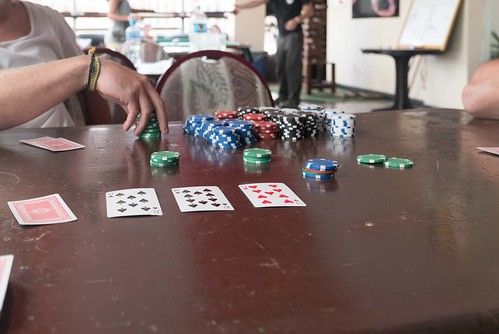
We got an early night, as we were booked in to ride down the Death Road the next morning. Dubbed the world's most dangerous road, it has become a huge tourist attraction and multiple companies have been set up offering half day bike rides down it. After reading reviews, we couldn't see any difference between Gravity who charged £75 per person and Ride On, a company formed late last year who charged £45. Safety is paramount, and we wondered if the difference in price was because their bikes were worse, but after talking to some people in the hostel, they'd had a great time and felt completely safe, so we decided to go with Ride On. The road isn't named lightly - people die each year falling or riding off the edge, and this happened a couple of months ago when a Norwegian tourist from a different company (Altitude) who was showing off, mistimed a jump on a slippery area under a waterfall and plunged to his death. Basically, you just need to be sensible. We were picked up at 8:00, given a breakfast of cake, a ham sandwich, yoghurt tea and a chocolate bar, and got kitted out with our gear: arm and kneepads, trousers, rainproof jacket and helmet. Stylish AND practical. After a safety briefing, we were off.


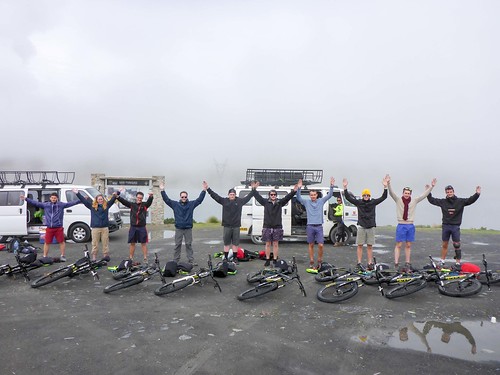
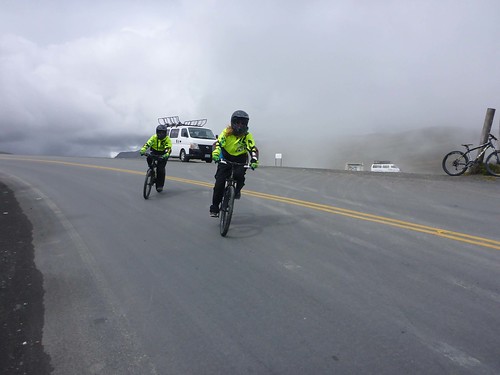




Bearing in mind that I am a non-cyclist, the prospect of a 64km ride was a bit daunting but it was pretty much all downhill so the most exercise I did was with my hands, gripping the brakes to slow my descent. We had three Aussies in our group, Kieran, Brayden and Aiden, who were all good fun. Given the number of companies doing this trip, we chose well. Ride On were all about safety, having three guides for our party of eleven, one in the front, middle, and back. Conversely, another company (No Fear Adventures) had one guide at the front, leading a group of thirty, and clearly hadn't been shown how to pass people safely. I got cut up twice by idiots overtaking me from their group, and their guide tried to high-five Aiden as he went past but succeeded only in pulling him off his bike. That aside, the entire ride went flawlessly (for us). The other guys all fell off at least once - Kieran cut his hand enough to need stitches, but the guides had plenty of medical kit. Playing it cautiously definitely helped us, and the guides were happy for us to stop and take photos along the way, as well as having breaks every twenty minutes anyway to give us a bit of history about the road.




The road used to be the only method of connecting La Paz to Coroico until a new road was built just under a decade ago. In 1983 a bus carrying a hundred people fell off the cliff, killing everyone on board both. Apparently it was trying to avoid another bus coming in the other direction; neither bus had their lights on, to conserve battery. These days Death Road is mainly used for tourism, which is a good thing for all concerned. The altitude difference from top to bottom is immense, starting at 4700m in the Andes and ending at 1230m in the Amazon. Needless to say, we were layered up with fleeces and raincoats at the beginning but by the end we were down to t-shirts and shorts. The first hour was a little crazy as we were travelling through clouds and the cold air and rain whipped tears from my eyes, even behind sunglasses. I'm not sure how the guys without eyewear coped, it was bad enough seeing through watery glass. I felt bad for the guys from Gravity who didn't have full face helmets, but worse still didn't have high-vis jackets. At points we could barely see ten metres in front of us; for an extra thirty quid I'd have expected them to be able to be seen in the rain, but apparently not. As for the views, well, the photos speak for themselves. Bolivia might not be as well-known for its scenery as, say, Peru, but the vistas and valleys we saw were simply stunning. There was another photo op around every corner, whether it was a waterfall, a misty mountain or a sunlit canyon. In short, you could treat the ride as a combination of thrills and sightseeing, and it was tremendous. We were given a late lunch at a hotel, had a swim on their pretty murky swimming pool, and got back to our hostel at around 8pm. It was late, and we were hungry, so we tracked down a recommended Mexican - Kalakitas - and shared fantastic nachos, chicken and craft beer. We also met an Israeli chap called Remy who was heading the same way as us, and was very keen to learn about the referendum on Europe and our views on the queen (answer: total ambivalence).






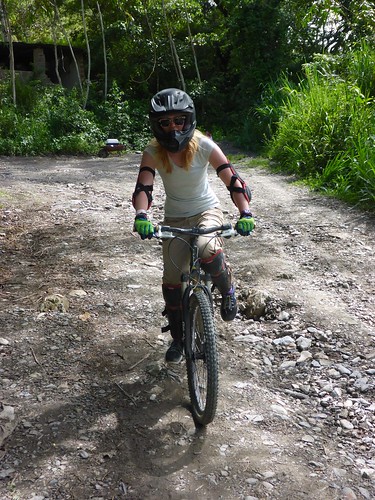

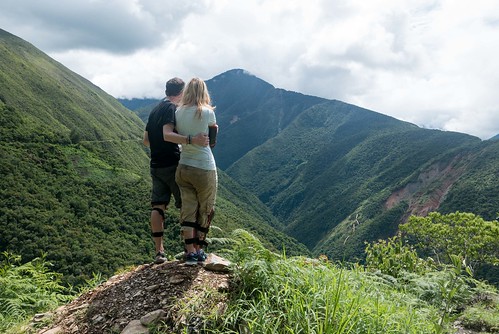
We had booked a flight to Rurrenabaque for 13:55 the following day, but a sign had been left on our door saying that the flights had been delayed due to bad weather. We were heading into the Amazon for a tour of the Pampas, so after packing our small bags and storing our big ones at Loki, we set off to watch Deadpool at the cinema. Except we couldn't, because despite the time being advertised on both the website and outside the damn cinema, they told us it wasn't being shown until midday. Instead, we decided to go to the national art museum which had been closed on election day. Arriving at the door, we were told it was closed for renovations. In despair, we went to a mall and tried to buy socks to protect my feet from the inevitable mosquito swarm in the jungle...but half the shops were closed and the ones that weren't didn't have them. La Paz is a very odd city. I finally managed to track some down at a market stall along with a new pair of sunglasses - after a combination of sandboarding and forcing them through the visor on my cycle helmet, mine weren't in a good shape - and once we polished off a huge pizza at Mozzarella, we headed back to Loki and I chucked my original pair of sunglasses.
Sunglasses Wars:
Gilly - 1
Rob - 1


